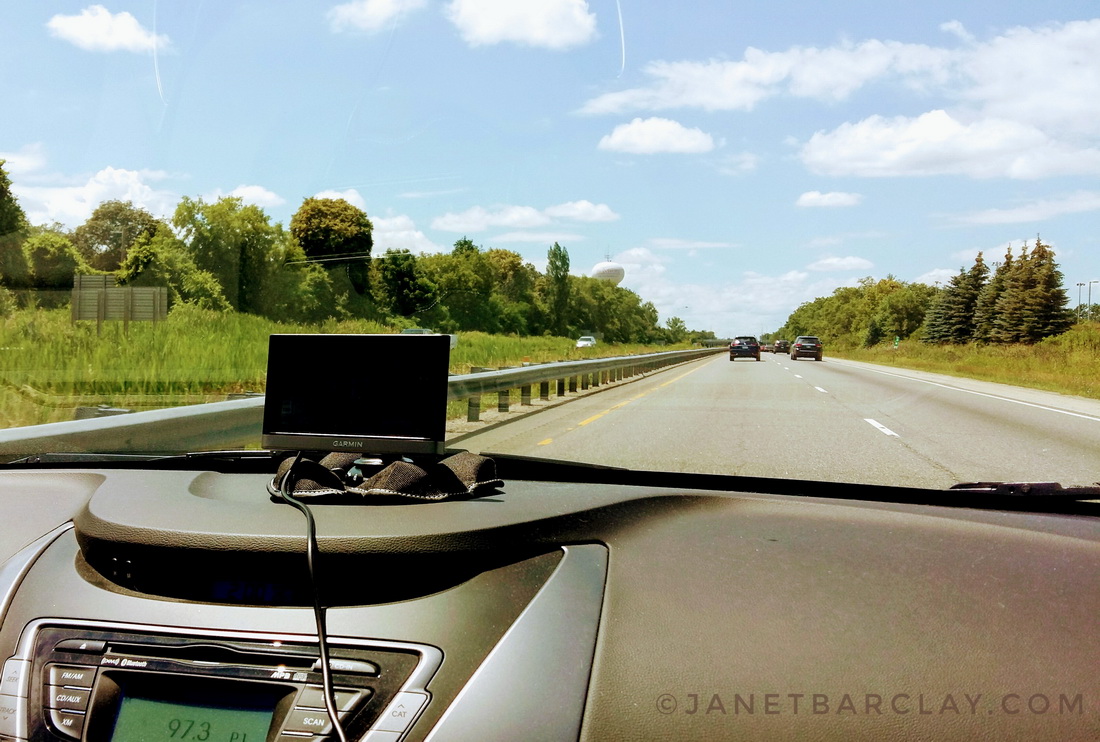Writing a Powerful Call to Action

This page may contain links to Amazon.com or other sites from which I may receive commission on purchases you make after clicking on such links. Read my full Disclosure Policy
Today, I’m going to talk about one of the most important steps in creating content, which is writing a strong Call to Action.
And when I say “talk about” I mean that literally, because I actually have a video for you! It’s from a Facebook Live I did a couple of years ago, but the information is just as valuable today.
Don’t feel like watching a video right now? Read on…
Have you ever posted or sent something you spent a lot of time and effort creating, only to be disappointed when nothing came of it? There’s a good chance that you didn’t include a strong Call to Action.
A call to action is…
“the part of your online content where you lay out what you want your readers to do, list the practical benefits they receive from doing it, and ultimately seek to persuade them into doing whatever it is you want them to do.”
Rich Gordon
When you don’t give your reader something to do after they read your post or the information on your web page, you miss out on a valuable opportunity. Every form of communication with your customers and prospects should include a call to action.
First, you need to decide what you’re hoping to achieve. You can then create a Call to Action that will guide people to taking the desired action. Here are some examples.
If your goal is to gain recognition as an expert, build your community, or strengthen your personal brand, your Call to Action might be to share your post or leave a comment. Even though people nearly always have these options, sometimes they need a little nudge. If you really want them to leave a comment, ask them to leave a comment. Even better, ask a question they can answer.
If your goal is to get new subscribers or followers, your Call to Action might be to join your email list, add your blog to their RSS reader, or follow you on social media.
If your goal is to sell something, your Call to Action might be to buy a product, sign up for your course, or book your services.
It might seem that since your ultimate goal is to make more money, your Call to Action should always be to buy something or to contact you for information about your services. Keep in mind though, it’s essential to build a relationship with others and earn their trust before they’ll be ready to do business with you. That’s not to say you should NEVER ask for the sale; just not every time.
To increase the likelihood of follow-through, instead of focusing on your product or service, stress how your reader will benefit if they do what you suggest. For example:
- Sign up for my newsletter and get free tips every Friday
- Order today and save 10%
Be careful that you don’t include multiple Calls to Action in the same post! What you want your reader to do must be very clear. You can see some examples of weak Calls to Action on Bplans.
In most of the examples in the Bplans article, the Call to Action has been crafted into a graphic. This is ideal, because it will easily attract your readers’ attention, and you will likely be able to re-use the graphic on other posts. You can create your graphics using Snappa or another tool of your choice.
If you prefer not to use a graphic, make your Call to Action stand out by creating a button or putting it in a separate paragraph and bolding it. Make sure it is concise and begins with a strong action verb.
For more on this topic, read The 25 Best Words to Use in Your Call-To-Action Buttons.
Do yourself a favor. Think about what you’re hoping to achieve by posting it, and clearly guide your readers or followers towards taking the desired action. You’ll get better results!
And do me a favor too? Let me know in the comments:
- Would you like to see more videos like this?
- What are you interested in learning about?
Image © sellingpix / DepositPhotos

Janet Barclay
I eliminate stress for my clients by hosting, monitoring, and maintaining their WordPress sites so they don’t have to worry about security, downtime or performance issues. When I’m away from my desk, I enjoy reading, photography, cooking, watching movies, drinking tea, and spending time with my family.





Thank you for this Janet. These are very helpful comments as I usually forget to include a call to action.
It’s easy to forget! And for this post, I had to make sure I included one!
I definitely need to do better on this!! I’ve added it to my list of “what to add to my new website.” I think your point about not having too many calls to action is excellent. Keep people focused. And yes, even though we know that we can always comment, a reminder of how to respond directs our thoughts about how to best respond. I know I definitely respond more when I am asked to!
Sometimes you want to comment, but it’s hard to think of what to say other than “great advice!” Having a question to answer is very helpful – even if you choose to respond to a different aspect of the post!
I love the clarity about how you describe the “call to action.” It’s such an important part of sharing content…knowing what you want from the interaction is key.
It’s interesting too that you mentioned the “single” call to action so that you don’t dilute the point. Recently, my husband shared a draft of a letter with me and asked me for feedback. The purpose was specific with a definite call to action. However, at the end of the letter, there was a PS that asked for another second action. I suggested that he delete the PS because it took away from the main message and purpose.
I think this happens in another way too when bloggers write posts with too many ideas in them. Lists are great, but when they go all over the place, it’s hard to focus on what the writer wants us to think about. It also makes it harder to comment. So perhaps this thinking can also be considered when writing. Keep the focus clearer. And if there are so many ideas, consider breaking them into multiple posts.
All excellent points, Linda! I often tell people to write each blog post as if they were writing it for a specific individual. That way they can focus on what that person needs and offer a strong call to action. if you need to end with “If you… do xxx But if you … do yyy” is a sure sign that you’re not doing that!
Great job for the first Facebook video! I’m looking forward to future ones. =)
This topic is so important! We tend to mention our call to action on the service pages and maybe the sidebars. But, you should also mention it in your online ads and social media posts. I am continually creating a call to action for social media and Google Ads/Facebook Ads content for clients and my own business. It is essential to ask yourself, “what do you want them to do with the information after they read your post?” to create a call to action. The call to action should always be at the end of the statement. Nowadays, posts are only showing three rows on mobile, so be sure to look at your posts on mobile to determine if your call to action shows.
Thanks, Sabrina! I will try and do more of them.
I don’t understand what you mean by posts only showing three rows on mobile. Can you please clarify?
I’m not sure, but I’m thinking Sabrina means that when you look at a FB post (or sometimes even an article), you often get only three lines of text and then the “…more” link, so it’s a strain to make sure people get all the way to that CtA. (I think. Hopefully she’ll come back to say more.)
Yes, I get it now – thank you! That does present a challenge.
Thanks Janet. I seem to always use the same call to action. Your post gave me some good ideas for other CTAs that I want to try.
Cool! I can’t wait to see what you come up with.